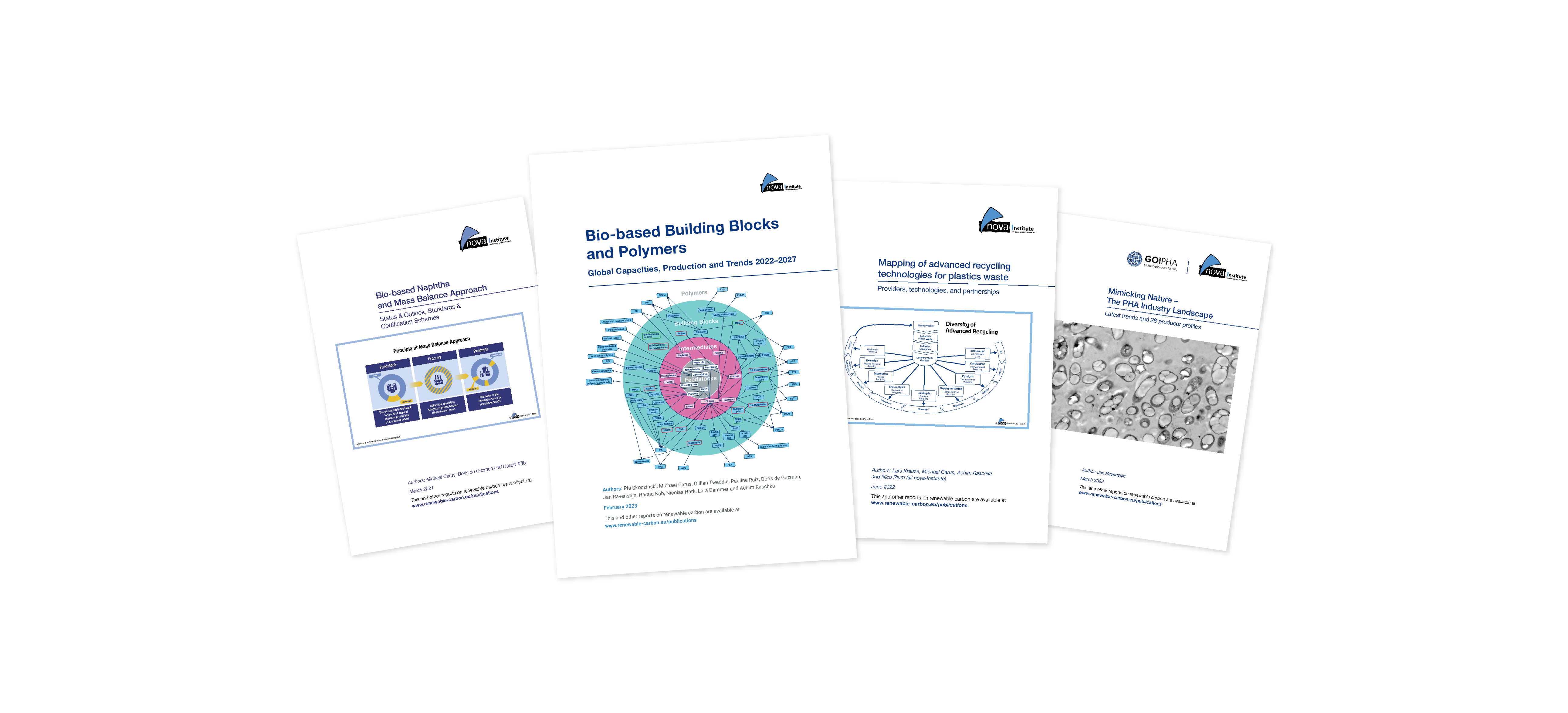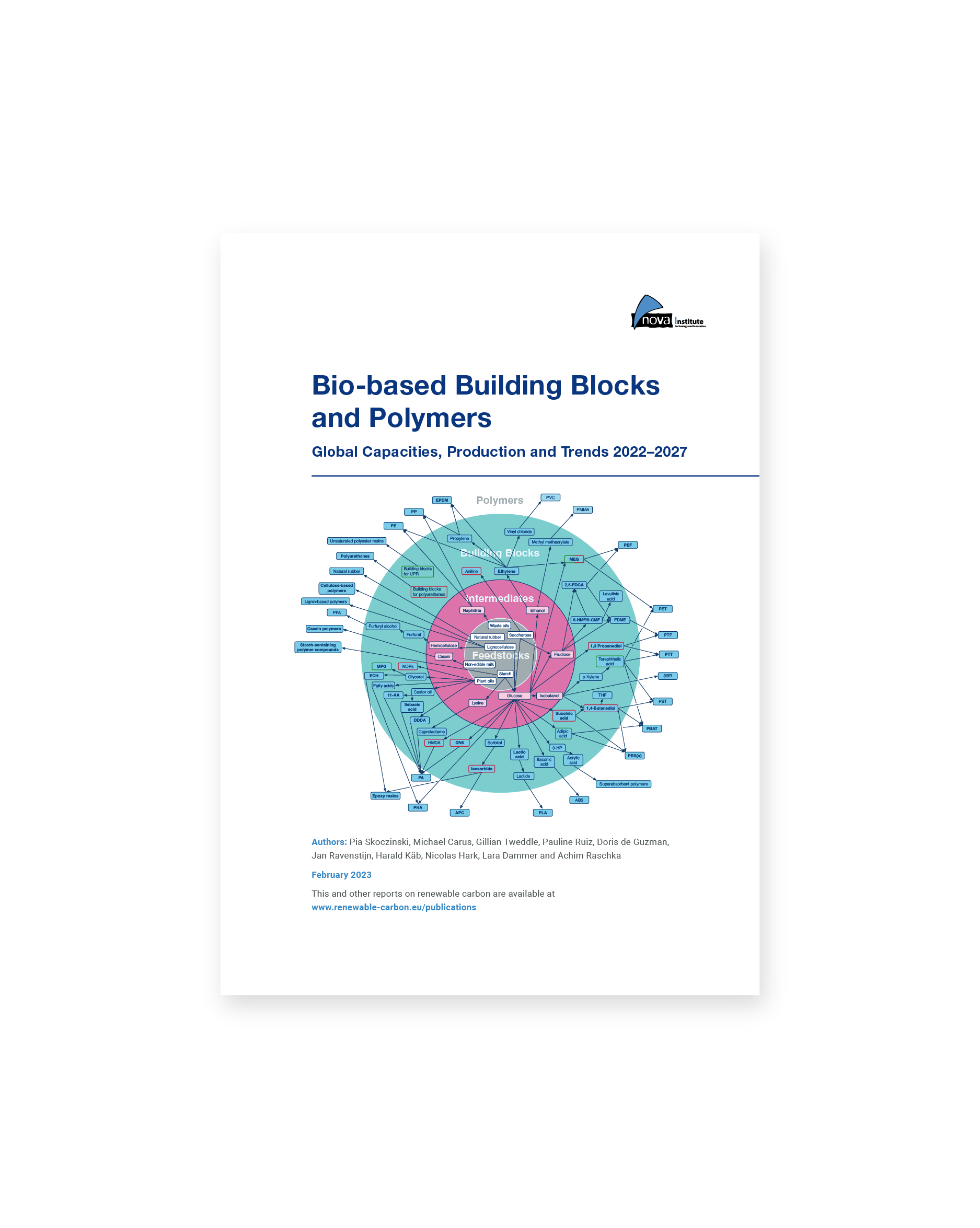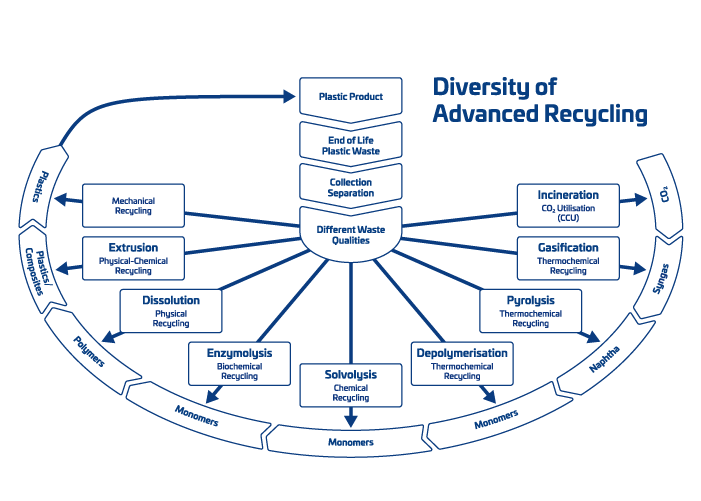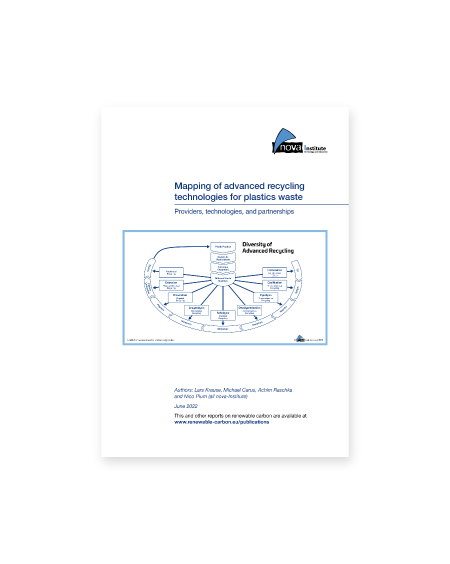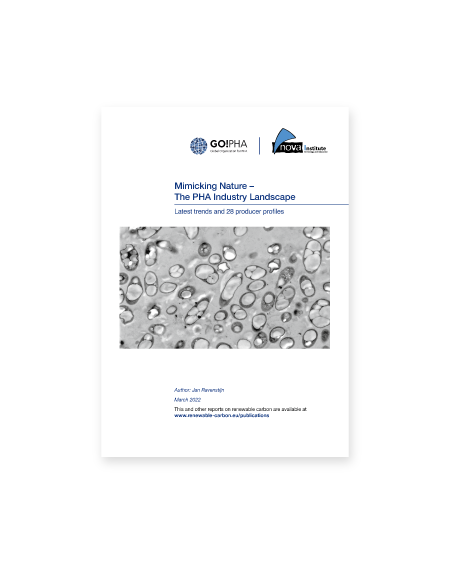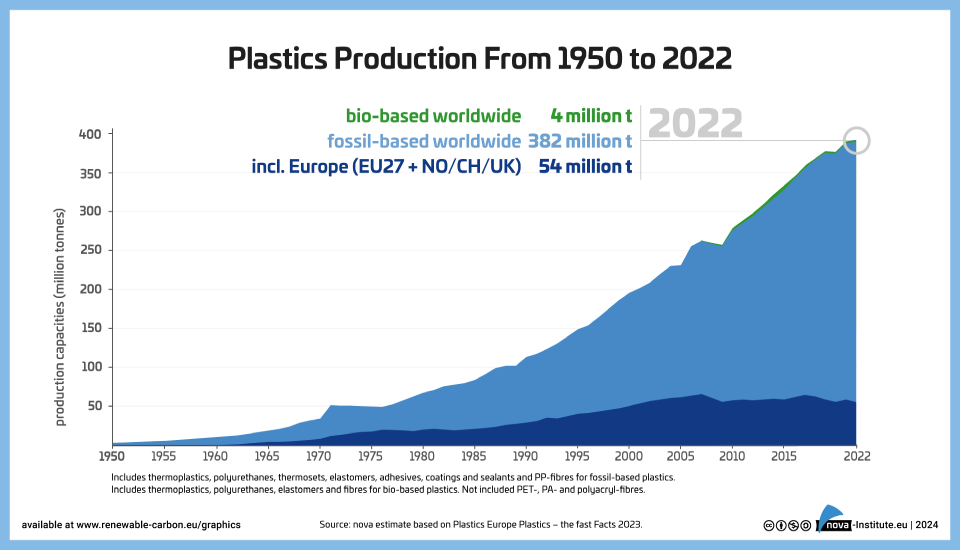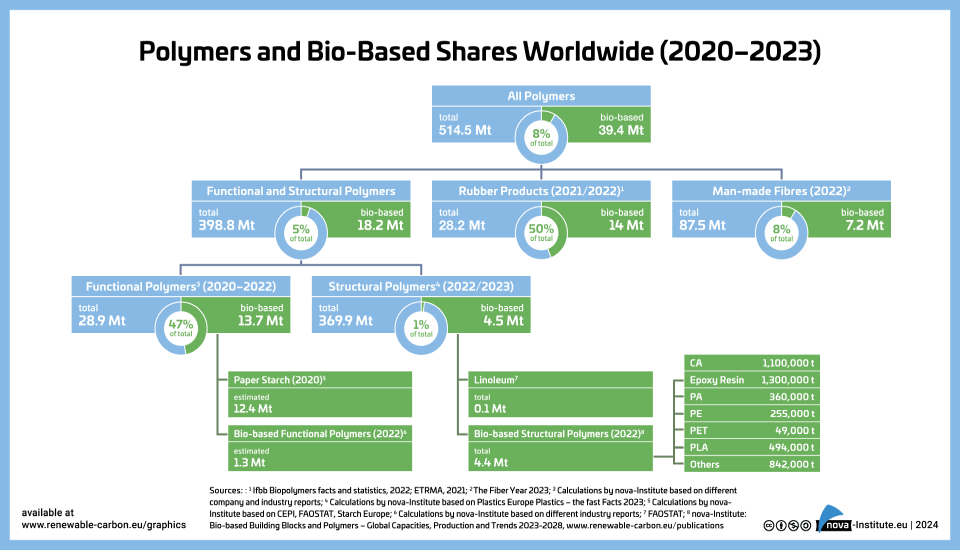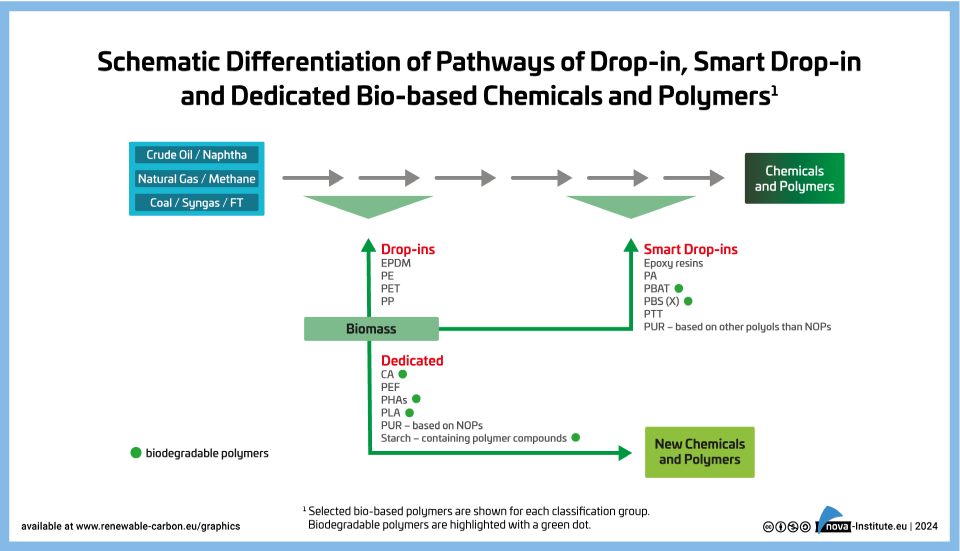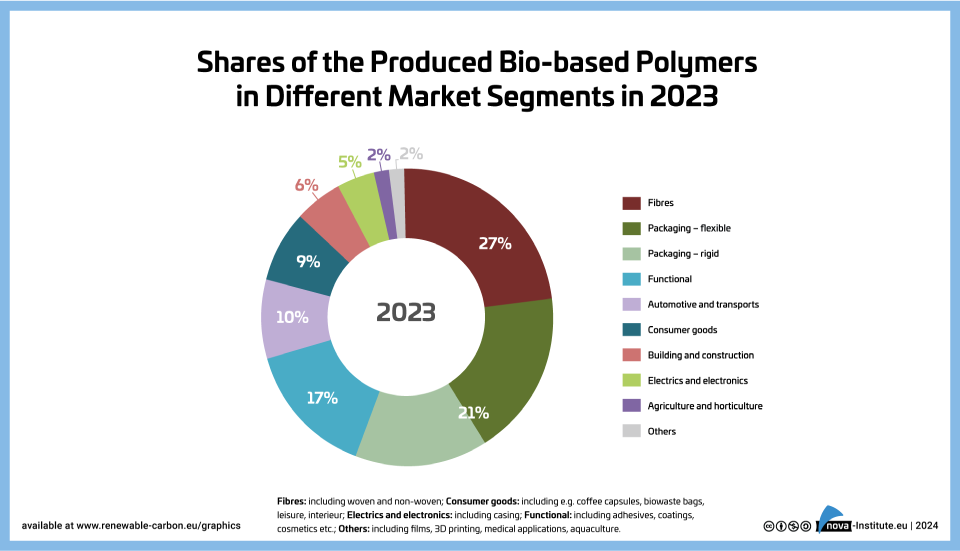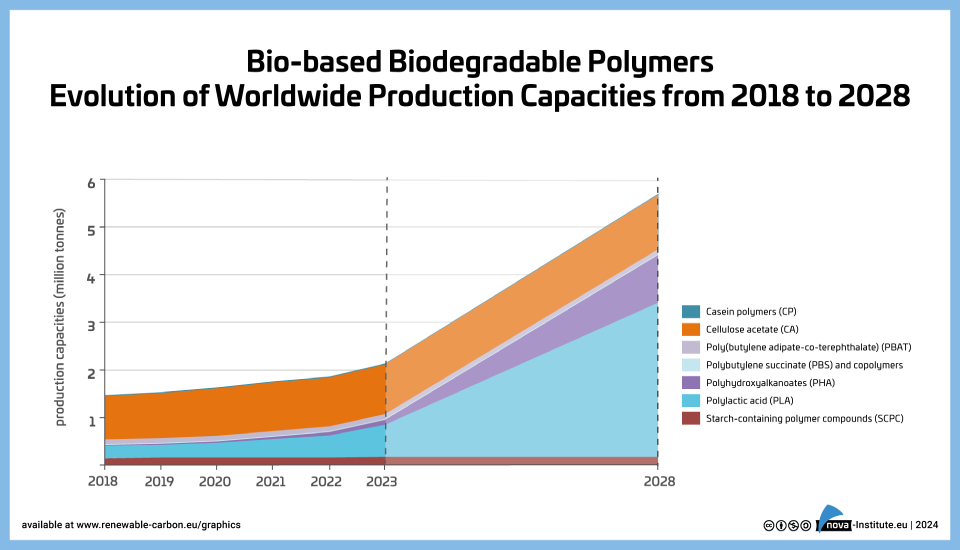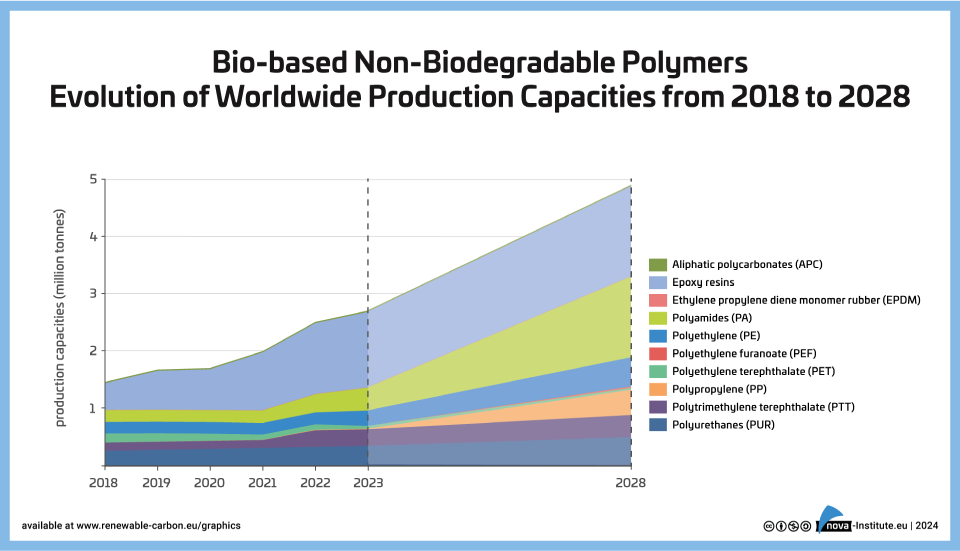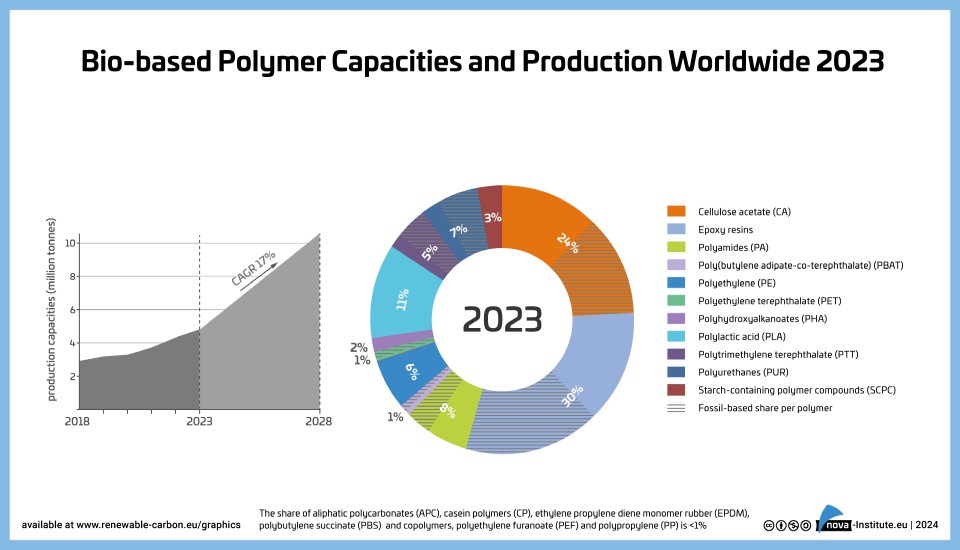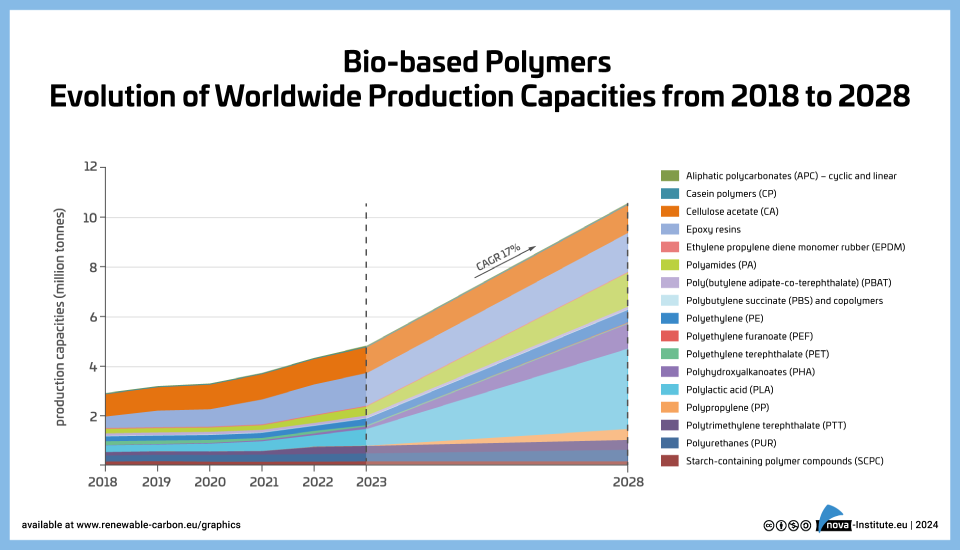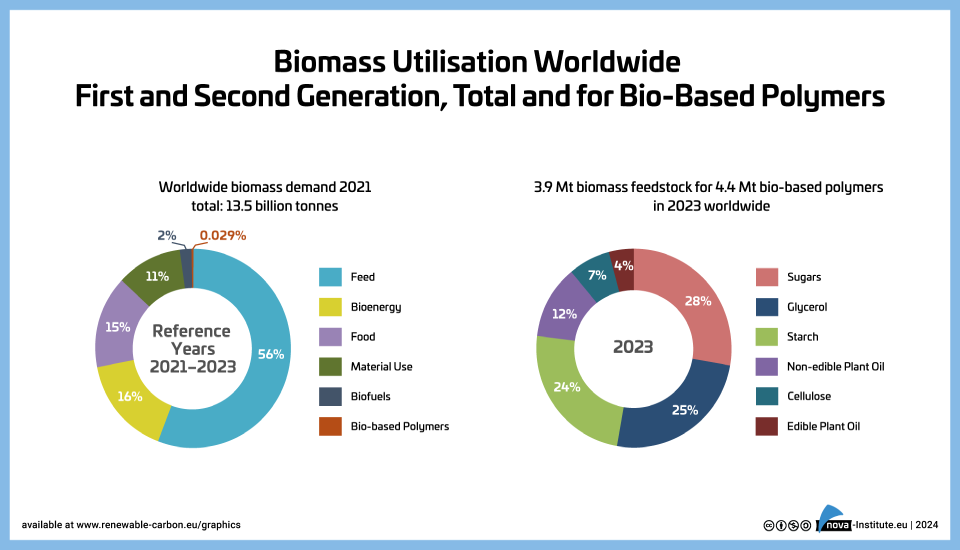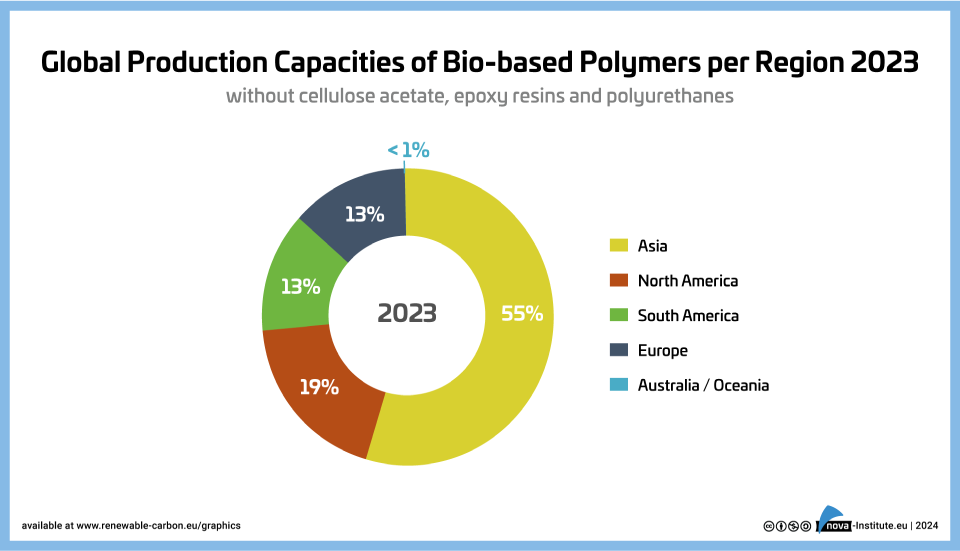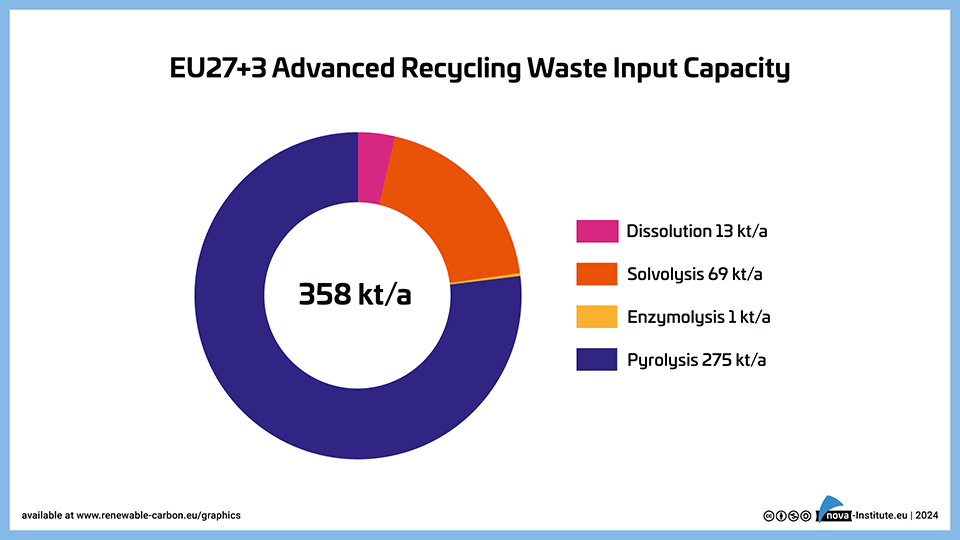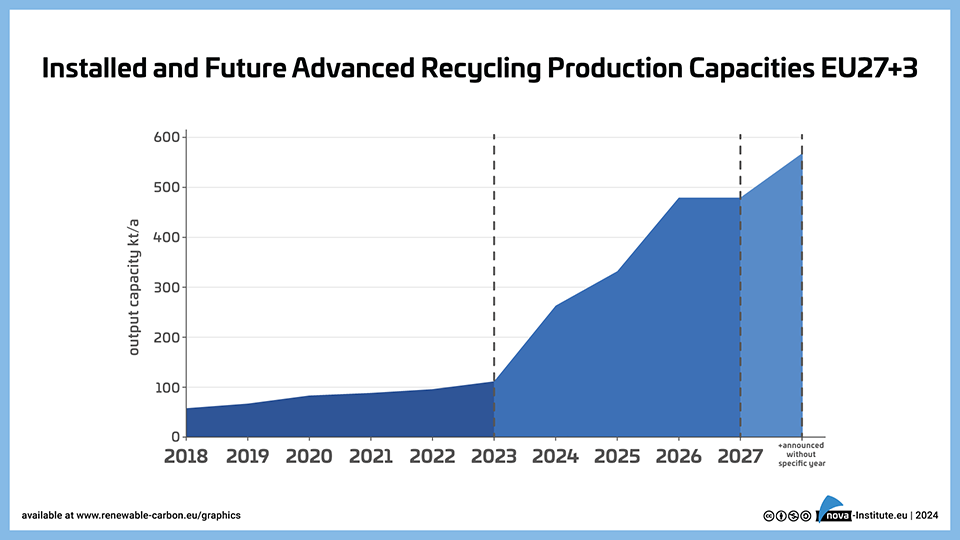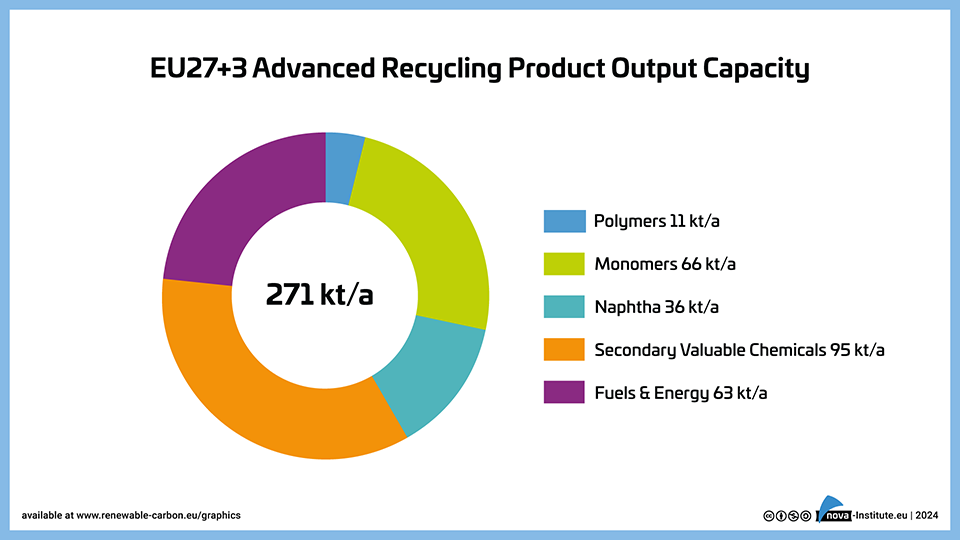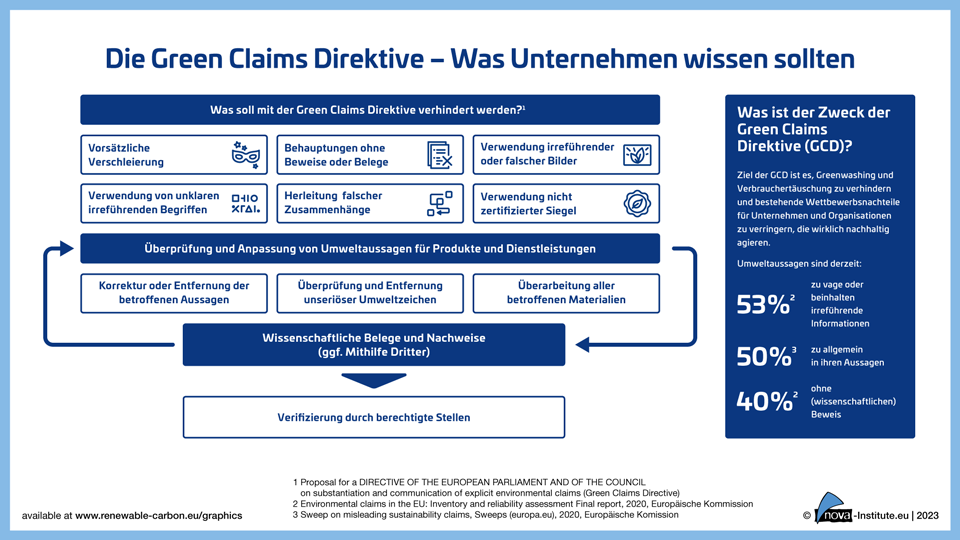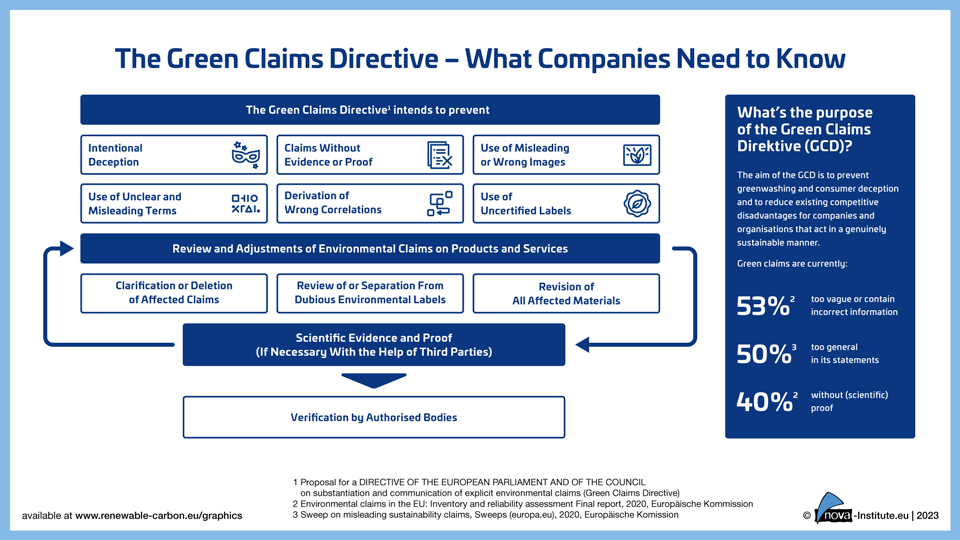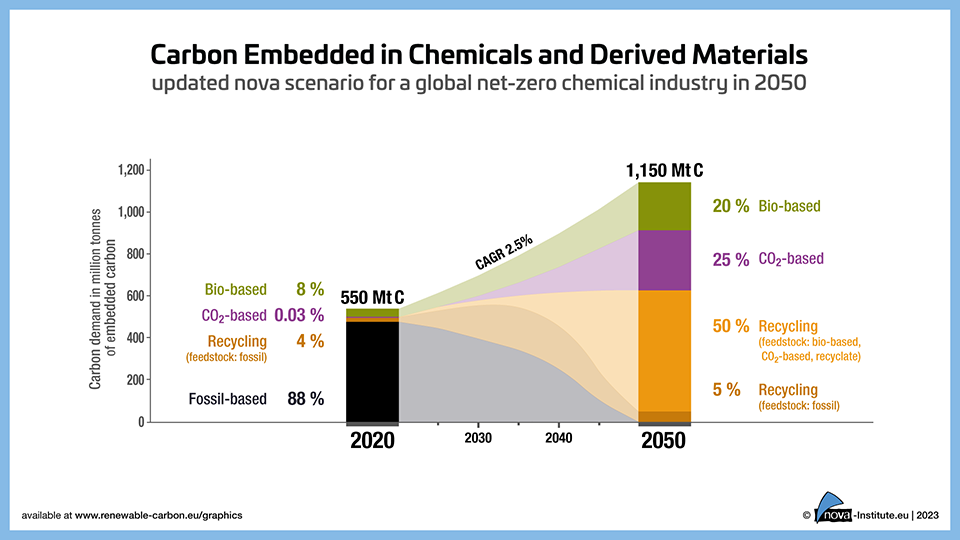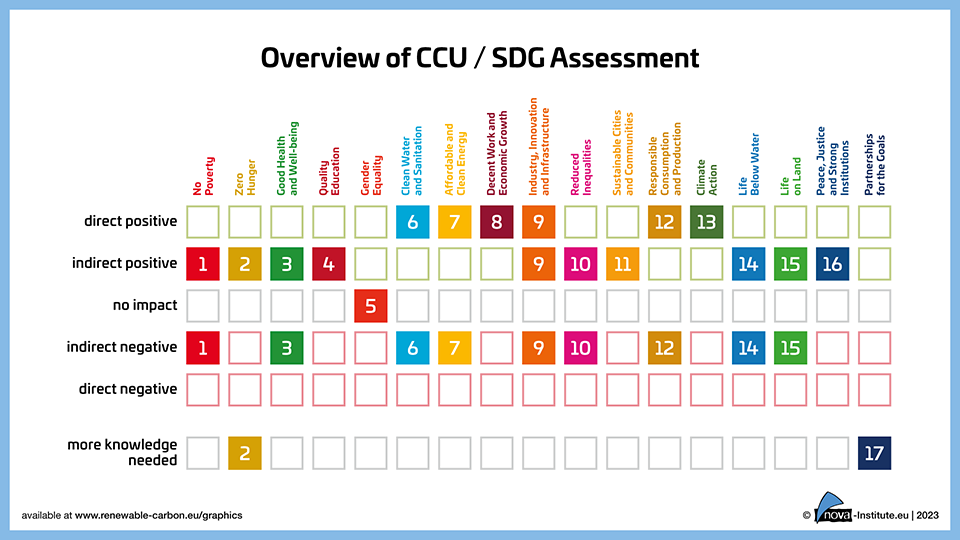Showing 1–20 of 145
-
64 Downloads
2024-03
FREE
64
Downloads -
61 Downloads
2024-03
FREE
61
Downloads -
61 Downloads
2024-03
FREE
61
Downloads -
Schematic Differentiation of Pathways of Drop-in, Smart Drop-in and Dedicated Bio-based Chemicals and Polymers (PNG)
Markets & Economy
1 Page
37 Downloads
37 Downloads
2024-03
FREE
37
Downloads -
Shares of Produced bio-based polymers in different market segments (PNG)
Markets & Economy
1 Page
59 Downloads
59 Downloads
2024-03
FREE
59
Downloads -
Bio-based Biodegradable Polymers Worldwide Production Capacities 2018-2028 (PNG)
Markets & Economy
1 Page
60 Downloads
60 Downloads
2024-03
FREE
60
Downloads -
Bio-based Non-Biodegradable Polymers Evolution of Worldwide Production Capacities (PNG)
Markets & Economy
1 Page
34 Downloads
34 Downloads
2024-03
FREE
34
Downloads -
44 Downloads
2024-03
FREE
44
Downloads -
Bio-based Polymers – Evolution of worldwide production capacities from 2018 to 2028 (PNG)
Markets & Economy
1 Page
55 Downloads
55 Downloads
2024-03
FREE
55
Downloads -
58 Downloads
2024-03
FREE
58
Downloads -
Global Production Capacities of Bio-based Polymers per Region 2022 (PNG)
Markets & Economy
1 Page
35 Downloads
35 Downloads
2024-03
FREE
35
Downloads -
EU27+3 Advanced Recycling Waste Input Capacity (PNG)
Markets & Economy, Technology
1 Page
27 Downloads
27 Downloads
2024-03
FREE
27
DownloadsInstalled input capacities for different advanced recycling technologies in EU27+3.
-
Installed and Future Advanced Recycling Production Capacities EU 27+3 (PNG)
Markets & Economy, Technology
1 Page
31 Downloads
31 Downloads
2024-03
FREE
31
DownloadsInstalled and future production capacities of naphtha, monomers and polymers through advanced recycling in the EU27+3.
-
EU27+3 Advanced Recycling Product Output Capacity (PNG)
Markets & Economy, Technology
1 Page
24 Downloads
24 Downloads
2024-03
FREE
24
Downloads -
821 Downloads
2024-01
FREE
821
Downloads -
Nora and her flyphone on renewable carbon (Comic)
Policy, Sustainability & Health
2 Pages
435 Downloads
435 Downloads
2024-01
FREE
435
Downloads -
The Green-Claims-Directive – Was Unternehmen wissen sollten (PNG)
Policy, Sustainability & Health
1 Page
61 Downloads
61 Downloads
2023-12
FREE
61
DownloadsBisher können Firmen Begriffe wie “klimaneutral, “recycelbar”, “umweltfreundlich” oder selbst kreierte Logos, welche die Umweltfreundlichkeit eines Produkts hervorheben sollen, ohne Prüfung durch Dritte für die Bewerbung von Produkten und Services nutzen. Mit dem Vorschlag zur Green Claims Richtlinie will die EU diese Praxis ändern. Ziel ist die Prüfung und Zertifizierung der sogenannten green claims (Umweltaussagen) durch eine externe Prüfstelle. Notwendig dafür wird dann ein wissenschaftlicher Nachweis. Mit dieser Grafik können sich Unternehmen einen ersten Überblick darüber verschaffen, was mit dem neuen Vorschlag der EU auf sie zukommen könnte.Erfahren Sie mehr über dieses Thema und besuchen Sie unsere nova-Session “Sustainability Claims under New EU Legislation” (7. Februar, 13:00-15:00 CET, online): https://events.renewable-carbon.eu/event/green-claims-directive -
The Green-Claims-Directive – What Companies Need to Know (PNG)
Policy, Sustainability & Health
1 Page
193 Downloads
193 Downloads
2023-12
FREE
193
DownloadsSo far, companies can use terms such as “climate-neutral”, “recyclable”, “environmentally friendly” or self-created logos, which are intended to emphasise the environmental friendliness of a product, to advertise products and services without third-party verification. With the proposal for the Green Claims Directive, the EU wants to change this practice. The aim is to test and certify the green claims by an external testing authority. This would require a scientific verification. This graphic provides companies with an initial overview of what the new EU proposal could mean for them.
Lean more about this topic and join our nova-Session “Sustainability Claims under New EU Legislation” (7 February, 13:00-15:00 CET, online): https://events.renewable-carbon.eu/event/green-claims-directive
-
Explorative Scenario – Carbon Embedded in Chemicals and Derived Materials (PNG)
Markets & Economy, Policy
1 Page
475 Downloads
475 Downloads
2023-10
FREE
Free Shipping475
DownloadsFigure from the RCI Carbon Flows Report 2023The nova October 2023 update shows a steady increase in the share of bio-based chemicals from 8% in 2020 to 20% in 2050. CO2-based chemicals require a lot of investment to become relevant after 2030, with strong growth between 2040 and 2050. The recycling of virgin fossil chemicals and plastics dominates the recycling sector until 2035. After 2035, bio-based, CO2-based and recyclates increasingly dominate the recycling sector. -
120 Downloads
2023-10
FREE
120
Downloads



